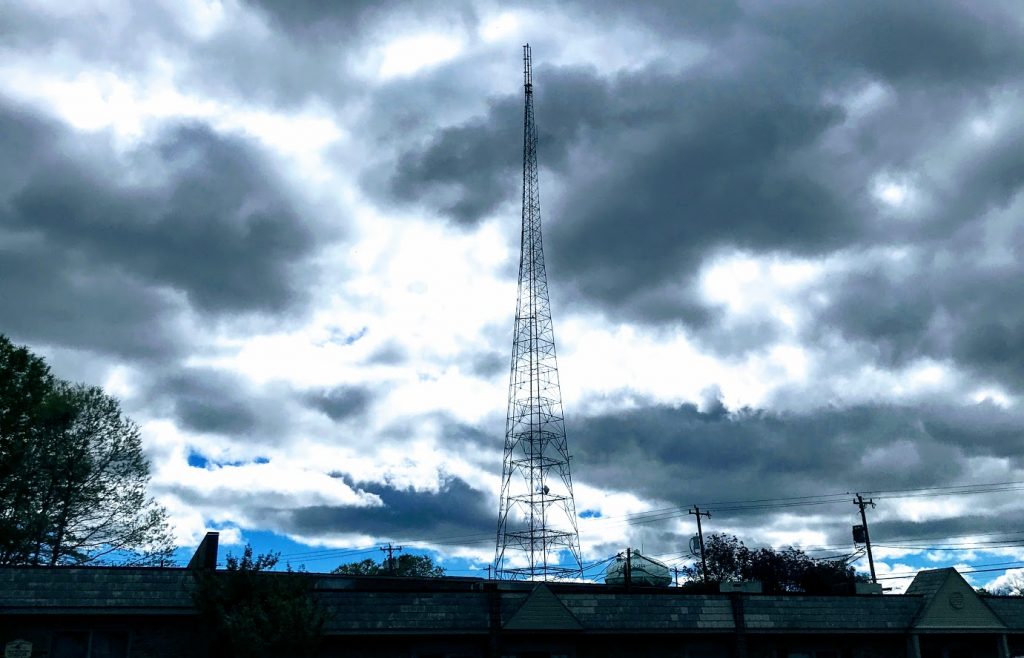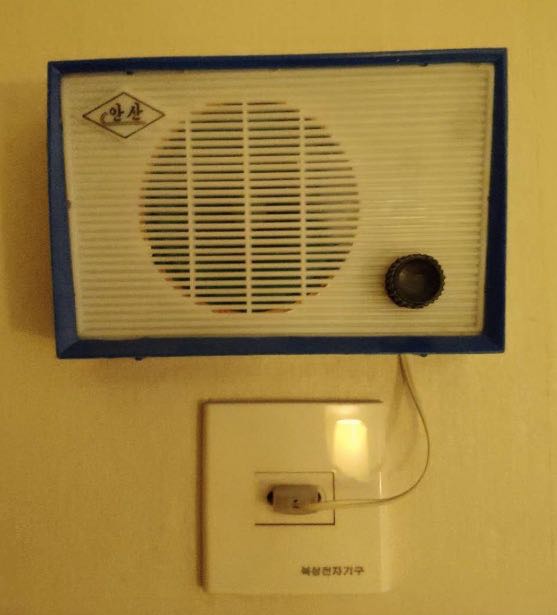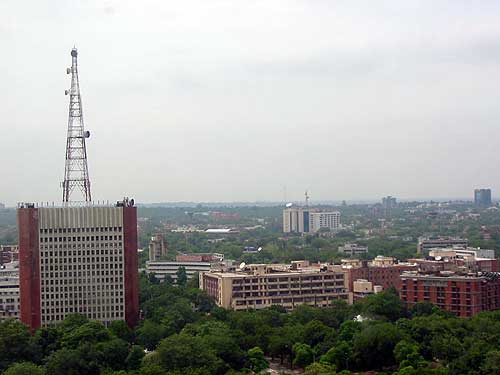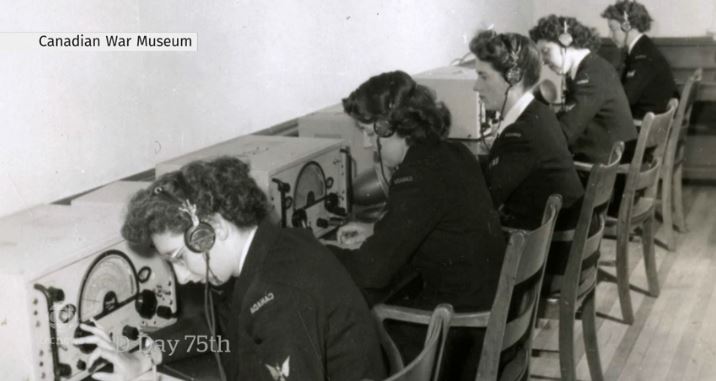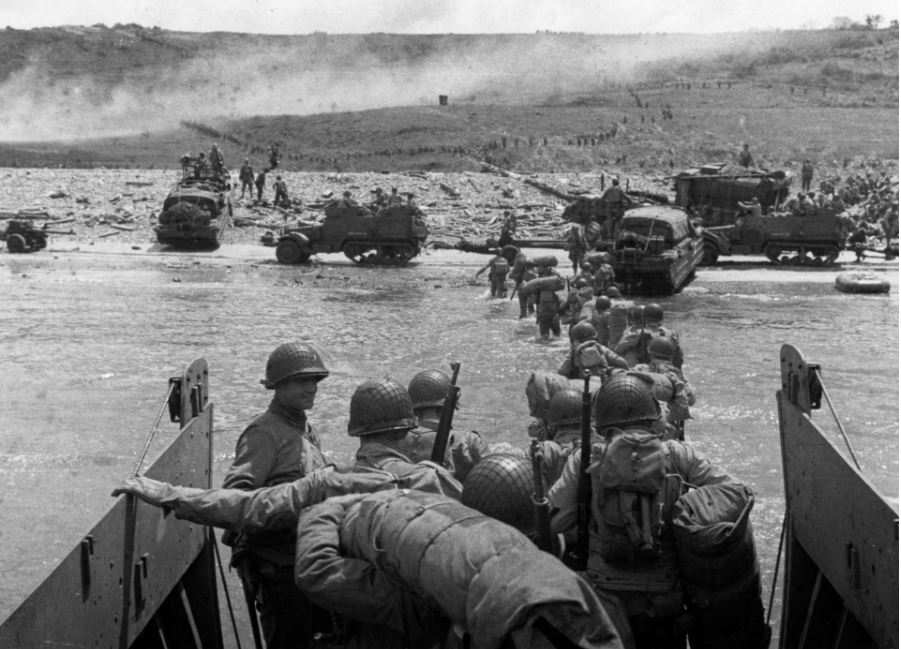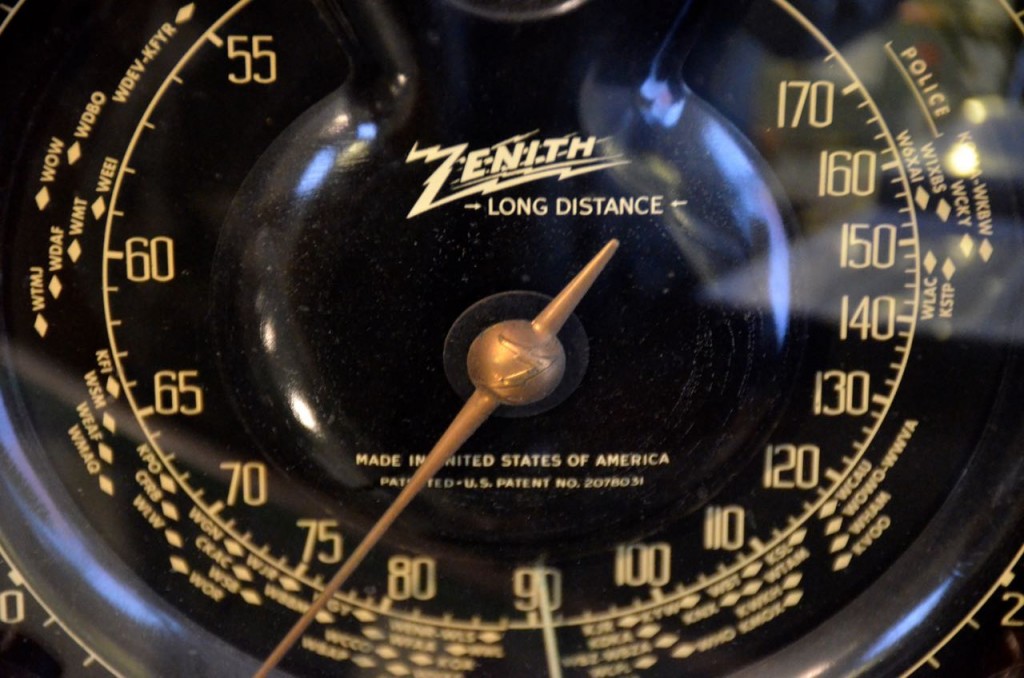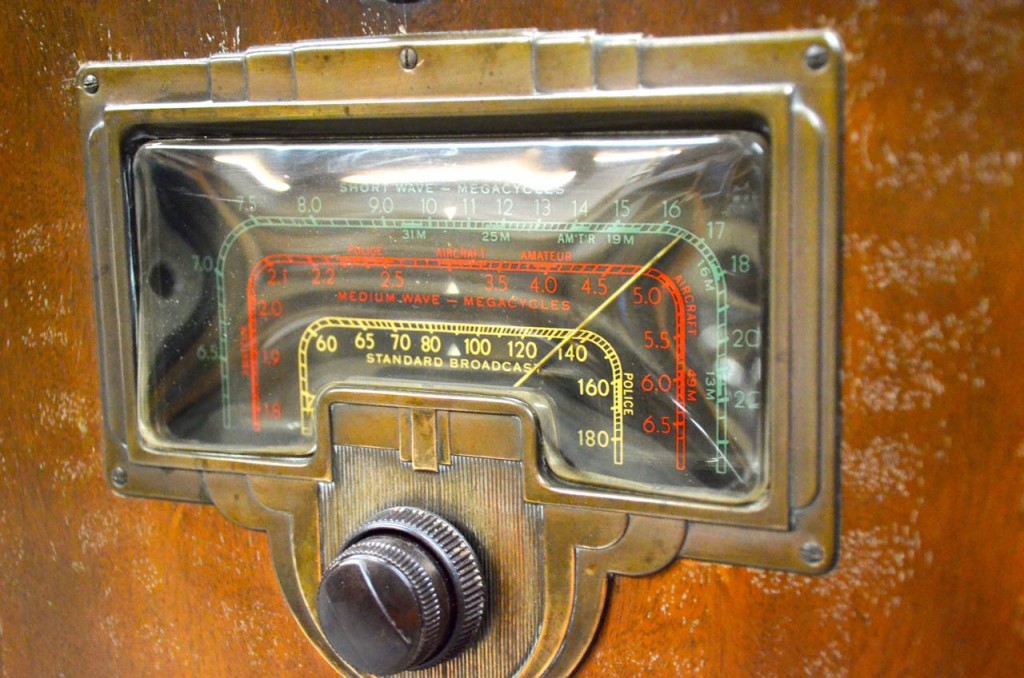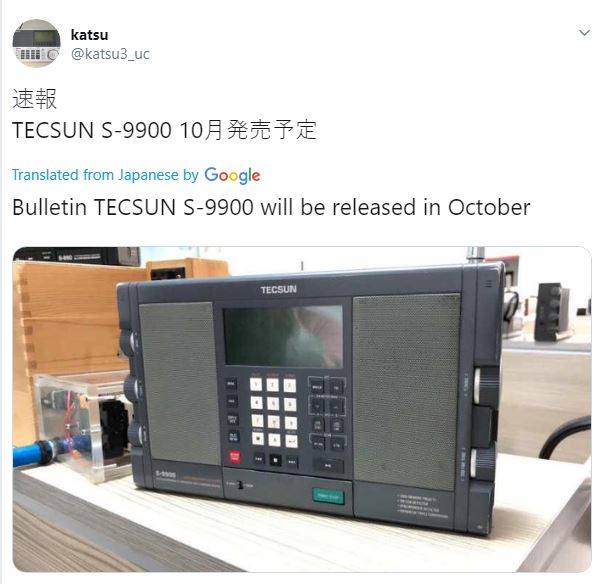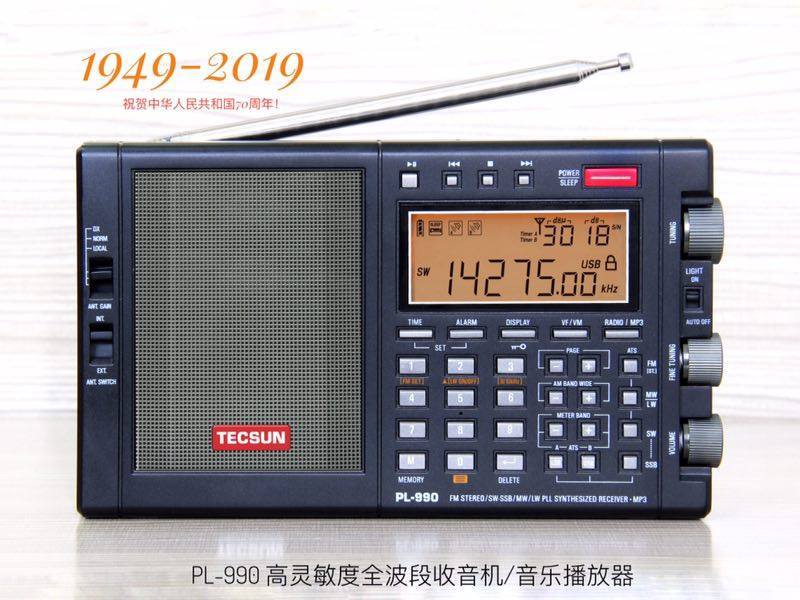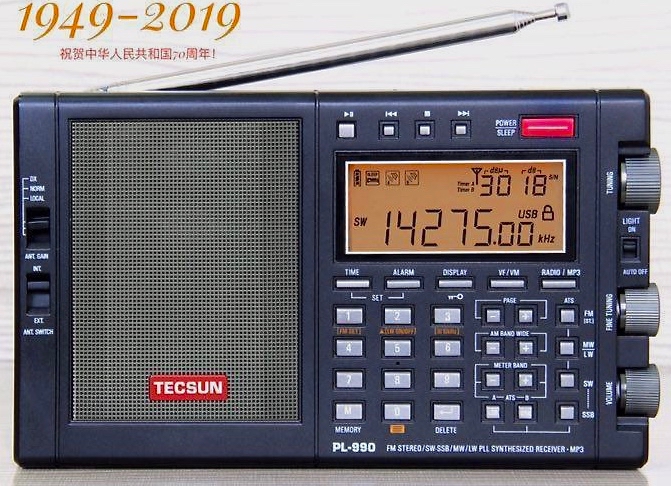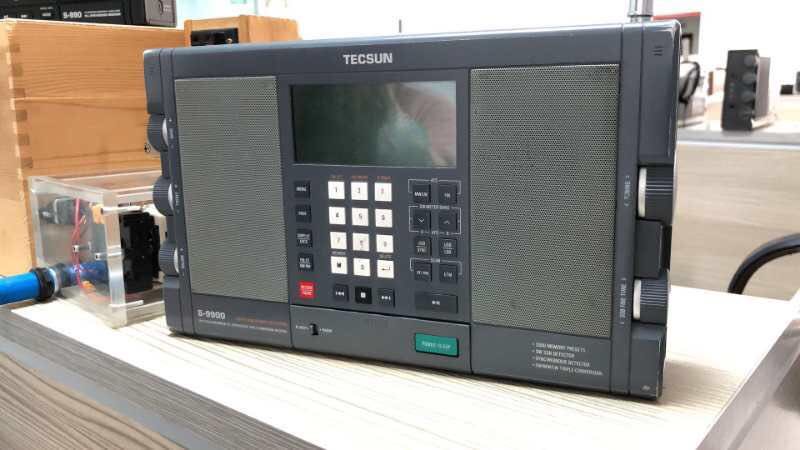(Source: The Guardian via BJ Leiderman and Kris Partridge)
America’s rural radio stations are vanishing – and taking the country’s soul with them
When I arrive at the radio station, Mark Lucke is standing in the doorway, looking out at the spitting, winter rain. He’s slim and stoic, with sad, almost haunted, eyes. The first thing he asks is if I’d like to see “the dungeon”. Who wouldn’t?
Lucke pulls on a Steeler’s jacket and a baseball cap over brown hair that falls halfway down his back, and leads me across the five-acre yard. Out here, 90 miles east of Tucson, the desert is a long sweep of brush the color of beach sand. Lucke seems to slip through the rainy day like a ghost.
The radio station, whose call letters are KHIL, has long been the daily soundtrack for this frontier town (population 3,500) that prides itself on its cowboy culture and quiet pace of life. But six decades after the founding of the station, the property is in foreclosure, with utility disconnect notices coming nearly every month.
Small-town radio is fizzling nationwide, as stations struggle to attract advertisement dollars. And as station owners are forced to sell, media conglomerates snap up rural frequencies for rock-bottom prices, for the sole purpose of relocating them to urban areas. In a more affluent market, they can be flipped for a higher price. With limited frequencies available, larger broadcasters purchase as many as possible – especially those higher on the dial – in a race not dissimilar to a real estate grab.[…]

